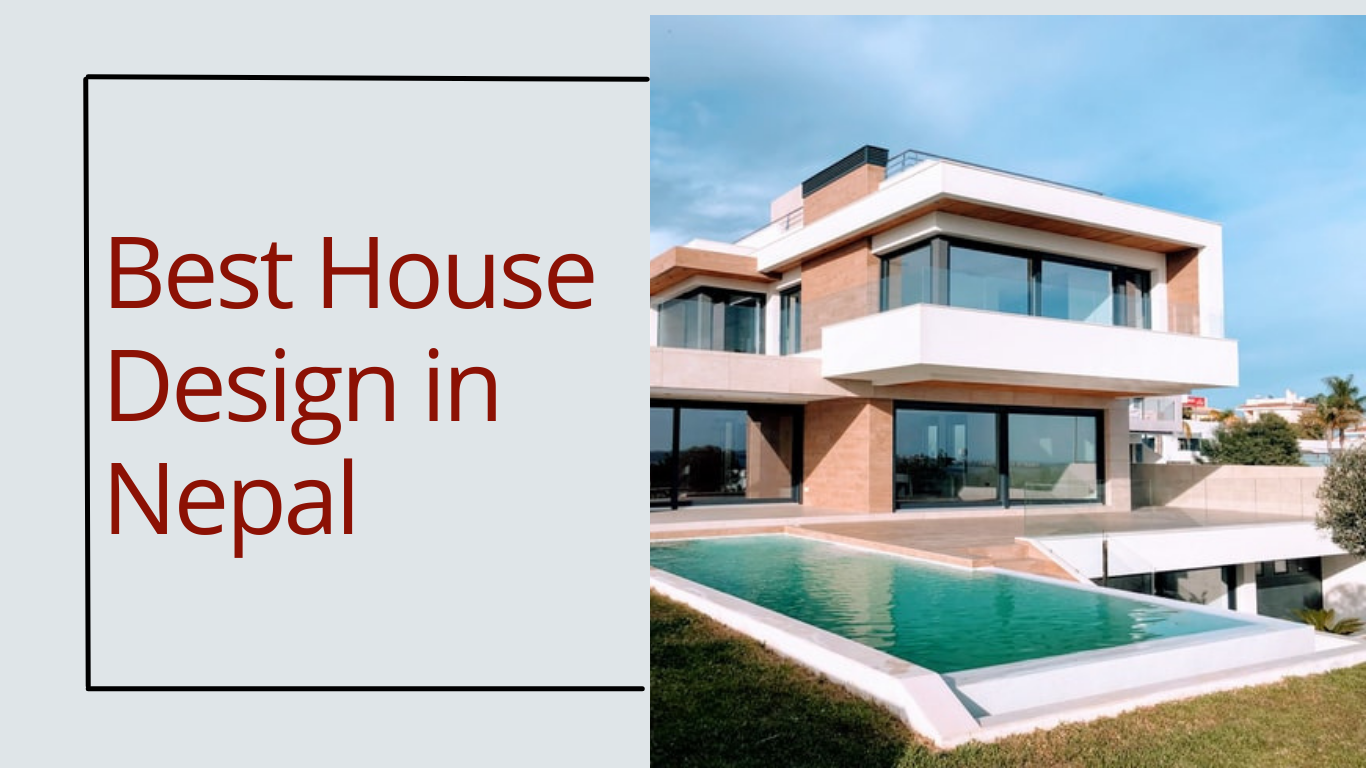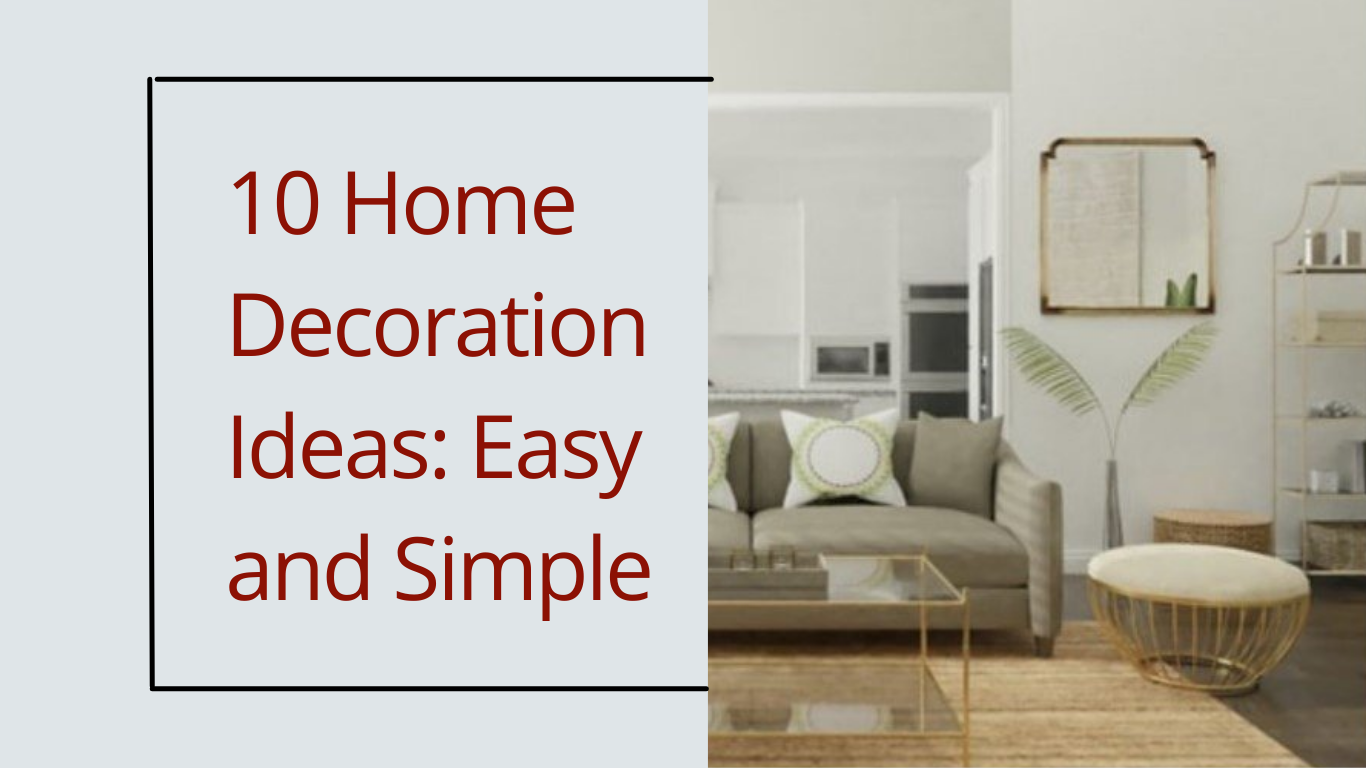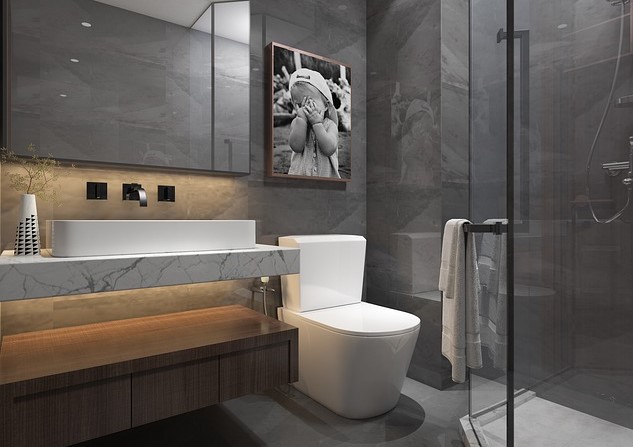By ultra / March 18, 2022

The Ultimate Secrets of Interior Designing
What is Interior Design?
Interior designing is the art of crafting spaces to guarantee a pleasant living experience for the inhabitants. The inner space can be anywhere from stationary structures, like homes, or moving ones like airplanes.
Interior designing involves planning everything about the particular place, i.e., acoustics, textiles, items in there, color, surroundings, safety, and overall look and feel of it.
Minimalism and perfection in our home, park, and community are the goals of interior design.
What does an interior designer do and why do we need them?
Everyone may have a different preference for how they want their living spaces to be crafted. Interior designers take all those requirements from the client and bring them into reality. Not only that, they even guide all the other human resources involved in it, like one for lighting, acoustics, furniture, safety, color, and so on.
The interior design process comprises documentation of the design, safety inspection, space design, and universal design.
The interior designer usually starts working before the construction begins and guides the building design process itself. On other occasions, they can do interior design of already ready-made spaces too.
Sometimes designers may knock off some walls to fit their design properly, but most of the time they work with what’s available.
[Do you need an interior designer to craft your home’s interior? visit or contact us at Ultra Interio.]
Interior designing principles
A good design is not only about beauty but how each element works together in the place to enrich our lives. Similarly, you know how different it feels in a well-designed room. It is all because of thought after interior design. Here are the 6 interior design principles which are used to achieve those results.
- Emphasis
- Contrast
- Rhythm
- Balance
- Scale and proportion
- Harmony and Unity
- Emphasis
If we disperse the emphasis equally among all the elements in the room, it would be dull and scattered. So, interior design should have an object of emphasis within the designated space (i.e. a central focal point) — be it a fireplace, art, or a nice couch. Emphasizing objects anchors the design.
We can use emphasis to draw all the onlooker’s attention into a focal point and hideaway portions from them we don’t want to emphasize.
- Contrast
In interior design, it is necessary to place elements of opposing quality with each other. The opposing quality can be of shape, texture, color, material, and scale.
Black and white, rough and smooth surfaces, square vs round shapes, empty spaces vs filled ones are all distinct contrast in interior design. Contrast is also the secret to interesting places.
An example of contrast in action can be a hallway with a black carpet and a white ceiling.
- Rhythm
Rhythm is all about creating patterns of repetition and contrast to bring about visual appeal. Repetition makes the viewer’s eye glide around in the space. Replicating elements, shapes, patterns, and colors tie a design together and create an interior design rhythm much similar to rhythm in music.
You can bring about rhythm in the design by using the same color and shape at various intervals.
- Balance
The English dictionary defines balance as equilibrium. Here in interior design, balance is about distributing the visual weight of the space evenly, either in a radial, symmetrical or asymmetrical way. We create balance through shape, color, pattern, and texture.
Radial balance: Radial balance creates a point of center, and other elements radiate outward or inward to it. An example can be a round dining table with chairs radiating around it.
Symmetrical balance: In symmetrical balance, we choose a central axis and divide the space into two parts; then balance these two spaces by filling similar elements on both sides. If we have a flower vase on one side of the axis, then we place a flower vase on another side to balance it out. A simple demonstration can be: placing two chairs opposite to each other on the coffee table or two lamps on either side of a cupboard to create a balance.
Asymmetrical balance: Asymmetrical balance is more complex than symmetrical balance. Here, the balance happens by frequently using similar elements, but not mirroring them exactly like in symmetrical balance. The balancing central axis is imaginary here.
- Scale and proportion
Scale deals with whether an item is suitable in the space and proportions refer to how well the item in a room fits together with each other.
For example, scale is checking if a dining table is suitable for a particular space; while the proportion is about checking whether a dining table and a couch near it are appropriate when placed together.
- Harmony
We can call a space harmonious when things seem to belong together and form a pleasing relationship among the parts of a composition. In a harmonious interior design, each unique item fits together, even when it differs completely from anything else. It’s important to create a design principle of color, textures, and shapes to bring about harmony.
Best interior design ideas for your home
There are many interior design ideas prevalent in the industry. Let us look at 4 popular ones:
- Minimalist
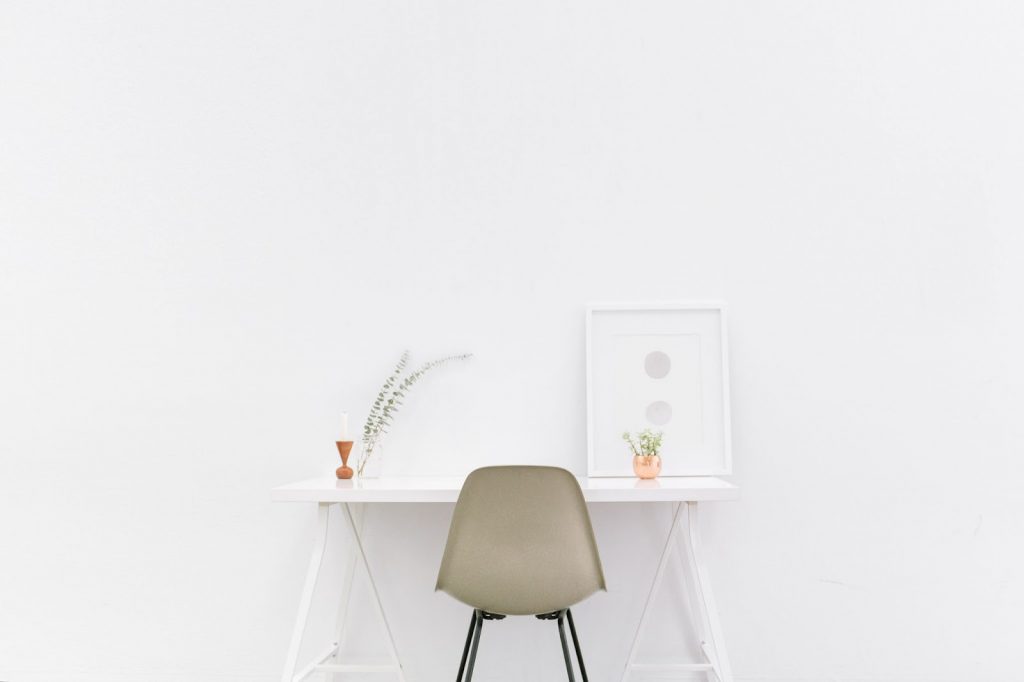
The idea that inspired the minimalist design is: “less is more”. We achieve it by stripping down everything in the interior to the bare minimum for simplicity.
Elements without decoration, clean lines, simple materials, uncluttered, natural light, natural concrete floor, natural plant, and wood are all essential in a minimalist space. The furniture is there only if it serves a purpose. The color palette for minimalist designs is super basic and practical; where black, white, and grey are the only favorites.
So if you find beauty in simplicity and minimalism, this interior design idea is for you.
- Rusty
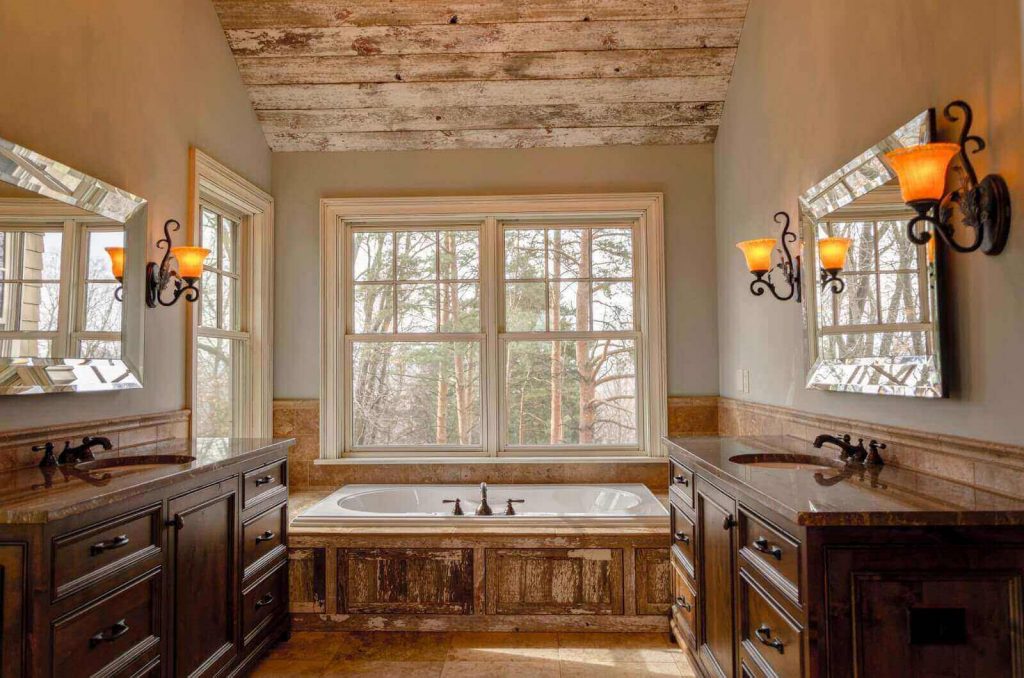
One of the fundamental characteristics of a rustic home is the use of natural materials like wood and stone. This means there would be a lot of woods and stones in furniture, ceiling, and walls.
Handmade — furniture and decorative element, are essential for a rusty interior design. Mother nature’s neutral colors, like grey, brown, black, and tan, motivate the color palette here. It usually also includes dusty red tones, adobe orange, and greens.
So, if you want to have a close connection with nature in the interior, this design idea is perfect.
- Contemporary
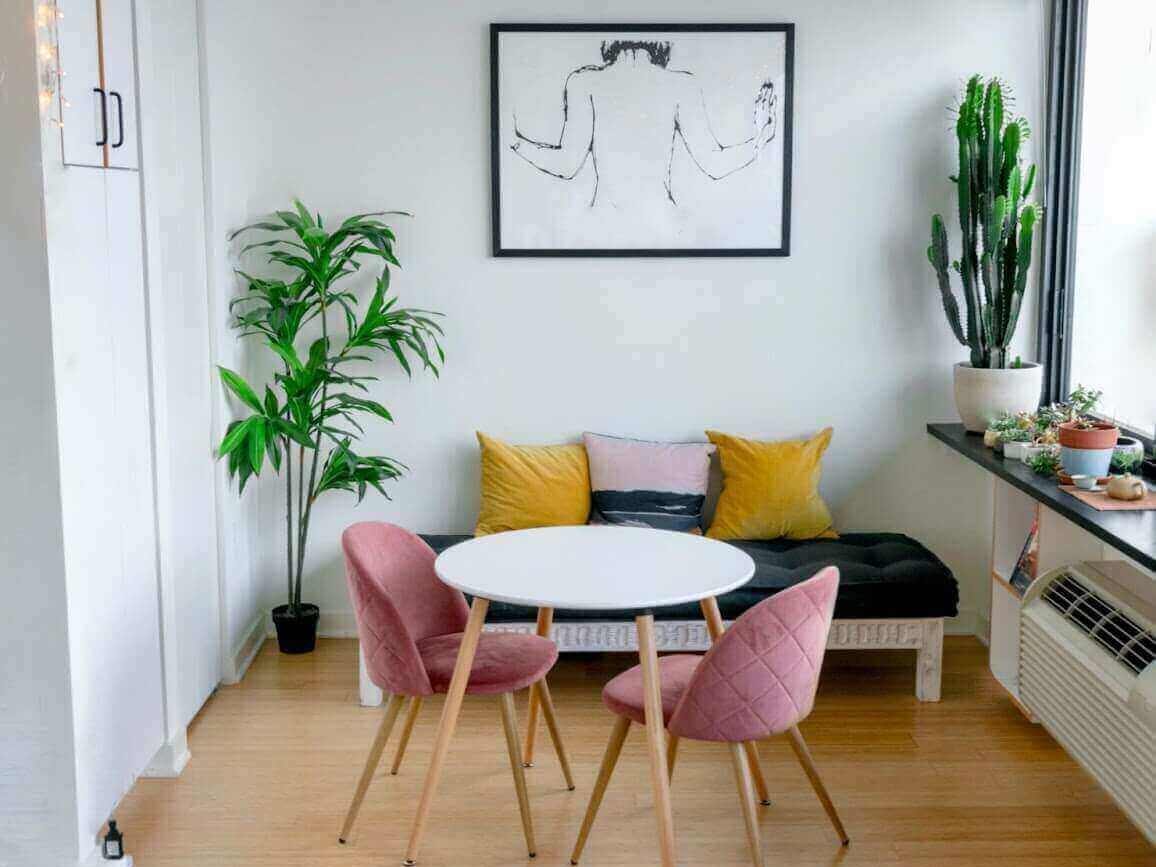
This interior design idea is modern, simple, and makes use of urban style, elegant textures, and clean lines. Neutral, black, and white are the dominant color in contemporary style. The furniture pieces show bold statements despite being free from unneeded decorations. The sofas, chairs, and tables often have exposed legs. We should place the larger plants here, which have intriguing leaves and dramatic shapes into simple containers. Elegant and sophisticated are two suitable words for this design.
The contemporary design is suitable for anyone who doesn’t like: excessive details, floral and colorful prints.
- Mid-century modern
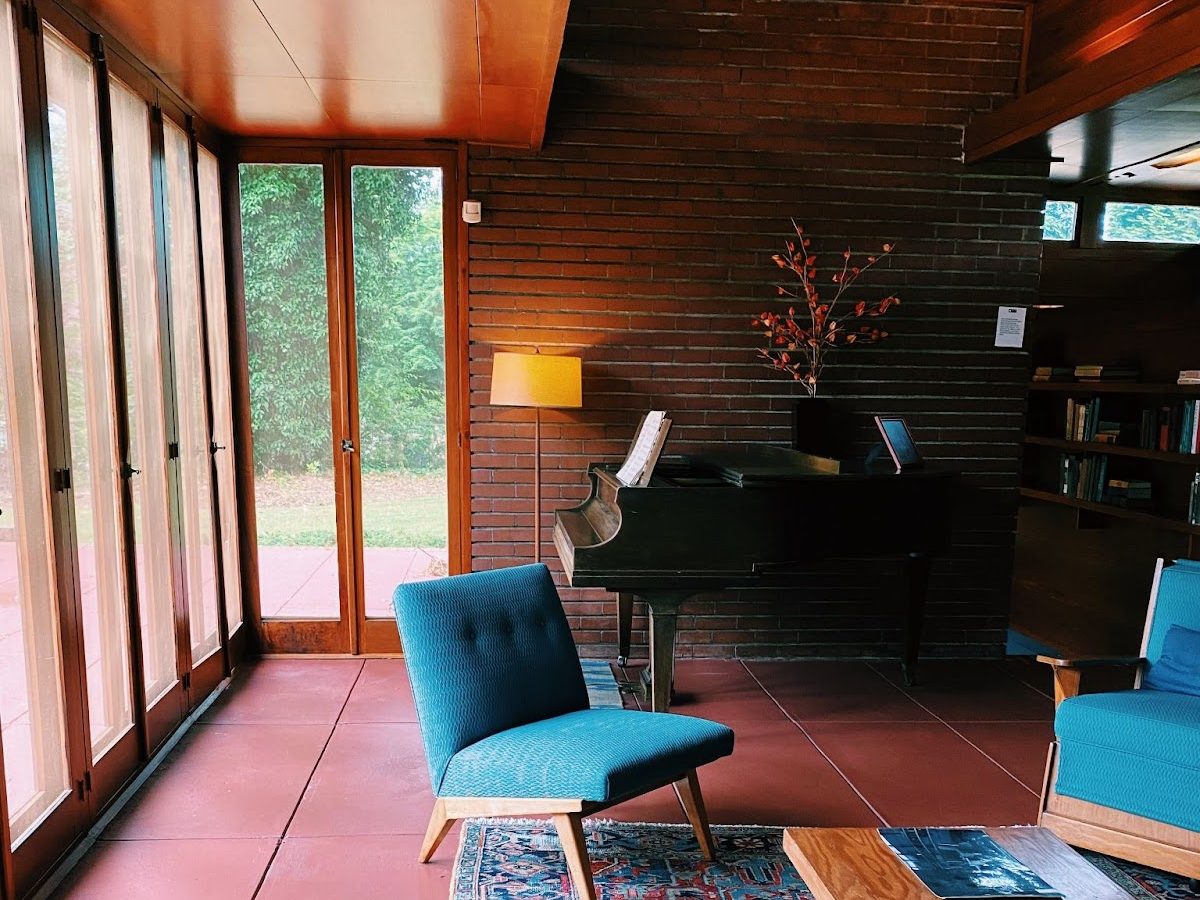
We define this design idea by simple forms, organic influences, high functionality, minimal decoration, and playfulness. The open-space concept, environmental integration, geometry, and nature impact the mid-century modern design hugely.
The color palette here is warm and natural, including colors like olive green, mustard, orange, yellow and pink. Practical designs and beautiful craftmanship often characterize furniture here.
So if you are elegant and appreciate warm spaces, high quality, and innovative furniture, then this design is suitable for you.
Endnote
Visit or contact us at Ultra Interio — if you want to know more about interior design services in Nepal.
